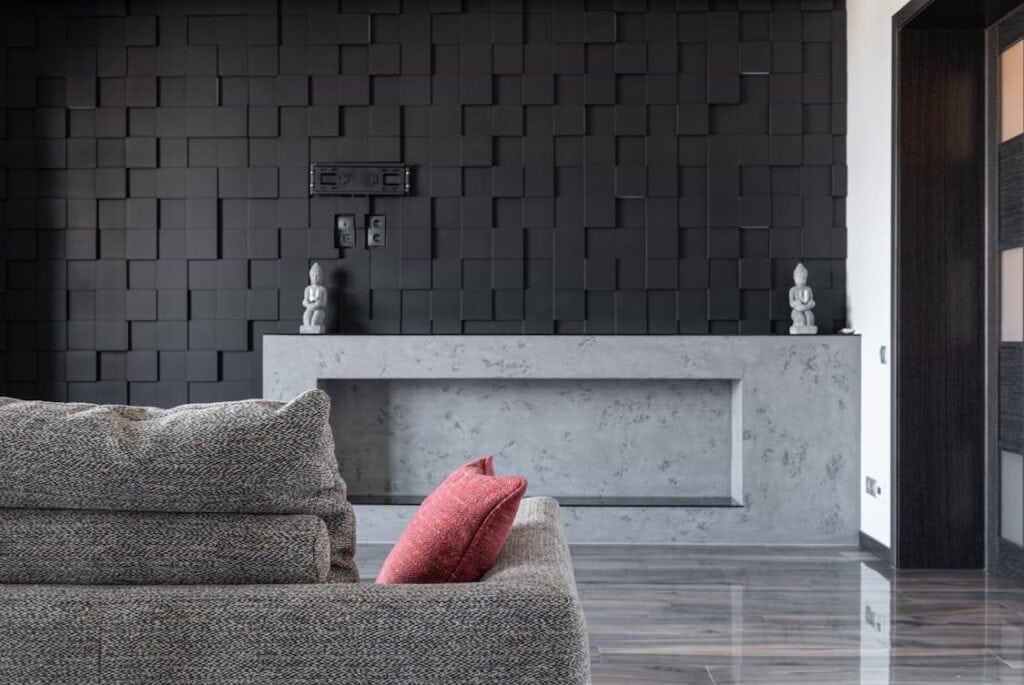Night snorkeling is a unique experience that offers adventure seekers a glimpse into an underwater world filled with wonder. When it comes to snorkeling at night, few encounters are as breathtaking as swimming with manta rays.
These majestic creatures have become a symbol of marine beauty, and witnessing them in their natural habitat during nighttime is nothing short of transformative.
The Magic of the Night Sea
Under the moonlight, the ocean transforms into a mesmerizing expanse of mystery. The shimmering surface reflects celestial bodies, while the depths conceal vibrant life.
Nighttime reveals a different side of the sea, where creatures that go unnoticed during the day come to life. The darkness seems to amplify colors and movements, creating an ethereal atmosphere that enchants everyone involved.
In this setting, the usual hustle of the daytime ocean fades away, replaced by a tranquil stillness. The gentle sound of waves lapping against your body, combined with the occasional splash of a fish, immerses you in the experience.
The water feels warmer at night, and the excitement in the air is palpable. Each breath draws you deeper into a world that feels almost otherworldly.
Meet the Manta Rays
One of the most captivating aspects of night snorkeling is the chance to meet manta rays. These gentle giants are known for their graceful gliding through the water.
They can reach wingspans of up to 22 feet, making them one of the largest fish in the ocean. Despite their size, manta rays are harmless and are often referred to as “gentle giants” for a reason. They feed primarily on plankton, which they filter from the water as they glide along.
When you encounter a manta ray at night, you are welcomed into a dance of elegance and beauty. Their movements are fluid, and they seem to be unbothered by your presence.
This creates a profound connection between snorkeler and ray, as you both share the same environment. Watching a manta ray soar just inches away from you is a moment you won’t soon forget.
If you’re looking for a reliable and awe-inspiring encounter with them, we recommend booking a tour through mantaraynightsnorkelkona.com, which specializes in guided night snorkeling experiences off the Kona coast.
A Unique Perspective on Marine Life
Experiencing night snorkeling allows you to observe marine life from a fresh perspective. Creatures that thrive in darkness emerge, showcasing their fascinating behaviors.
Bioluminescent organisms light up the water, creating a spectacle that feels like swimming in a starry sky. Small fish dart around, glowing in shades of blue and green, while other creatures, such as octopuses and nocturnal crustaceans, reveal themselves in their full glory.
This nocturnal world challenges your perception of marine ecosystems. It’s a reminder that life exists beyond the familiar daytime scene, where schools of colorful fish dominate the view.
Night snorkeling unveils the hidden diversity of the ocean, sparking curiosity and appreciation for the hidden wonders beneath the waves.
The Thrill of Adventure

Night snorkeling is not for the faint of heart. The thrill of venturing into the unknown adds a layer of excitement to the experience. The dark waters can be intimidating at first, but that fear often transforms into exhilaration.
With each breath, your senses heighten, making you more aware of your surroundings. The feeling of being at one with nature, even in its most mysterious form, is liberating.
The guided experience often includes safety measures and knowledgeable instructors who help ease any anxiety. With their expertise, you can navigate the waters confidently, understanding the dos and don’ts of interacting with marine life.
This blend of guidance and adventure creates a memorable experience that encourages you to push your boundaries.
The Bond with Fellow Snorkelers
Sharing this experience with others can amplify the magic of night snorkeling. Whether you’re with friends or fellow adventure seekers, the communal aspect fosters connections.
Everyone is united by the thrill of the unknown and the awe of encountering manta rays. Laughter and excitement fill the air, creating a camaraderie that can lead to lasting friendships.
Post-snorkeling discussions often revolve around shared moments of wonder and awe. Each person recounts their own stories, adding layers to the overall experience.
You might hear tales of breathtaking encounters, laugh about unexpected surprises, or share tips for the next adventure. This bond over a shared experience creates lasting memories that often extend beyond the trip.
Embracing the Unknown
Participating in night snorkeling with manta rays serves as a metaphor for embracing the unknown in life. The act of venturing into dark waters symbolizes stepping outside your comfort zone.
Encountering the manta rays challenges your perceptions and encourages a sense of adventure. It’s a powerful reminder that some of life’s most beautiful moments lie beyond what is familiar.
The experience teaches resilience and adaptability. Just as you must adjust to the unfamiliar dynamics of the night ocean, life often requires flexibility in the face of uncertainty.
Embracing the unknown can lead to rich experiences and personal growth, shaping your perspective on challenges and opportunities alike.
A Call to Conservation
Night snorkeling brings awareness to the delicate balance of marine ecosystems. Witnessing manta rays in their natural habitat often ignites a passion for ocean conservation.
These magnificent creatures face threats from habitat destruction, pollution, and climate change. Understanding their plight can inspire individuals to take action, advocating for marine protection and sustainable practices.
Participating in conservation efforts can be a way to give back to the ocean. Whether it’s through volunteering, supporting sustainable tourism, or simply spreading awareness, every little bit helps.
The connection formed during night snorkeling can become a driving force for positive change, impacting not just your life but the lives of countless marine species.
The Lasting Impact
The memories created during night snorkeling with manta rays are often profound and long-lasting. Many find themselves inspired to pursue further adventures or explore marine biology and conservation.
The experience can spark a lifelong passion for the ocean, leading to a deeper understanding of our planet’s ecosystems.
This life-changing adventure can also prompt individuals to reflect on their own lives. The quiet moments spent in the water, surrounded by the beauty of nature, can encourage gratitude and mindfulness.
It highlights the importance of preserving our natural resources for future generations, reminding us of our collective responsibility to protect the environment.…
Continue Reading


















